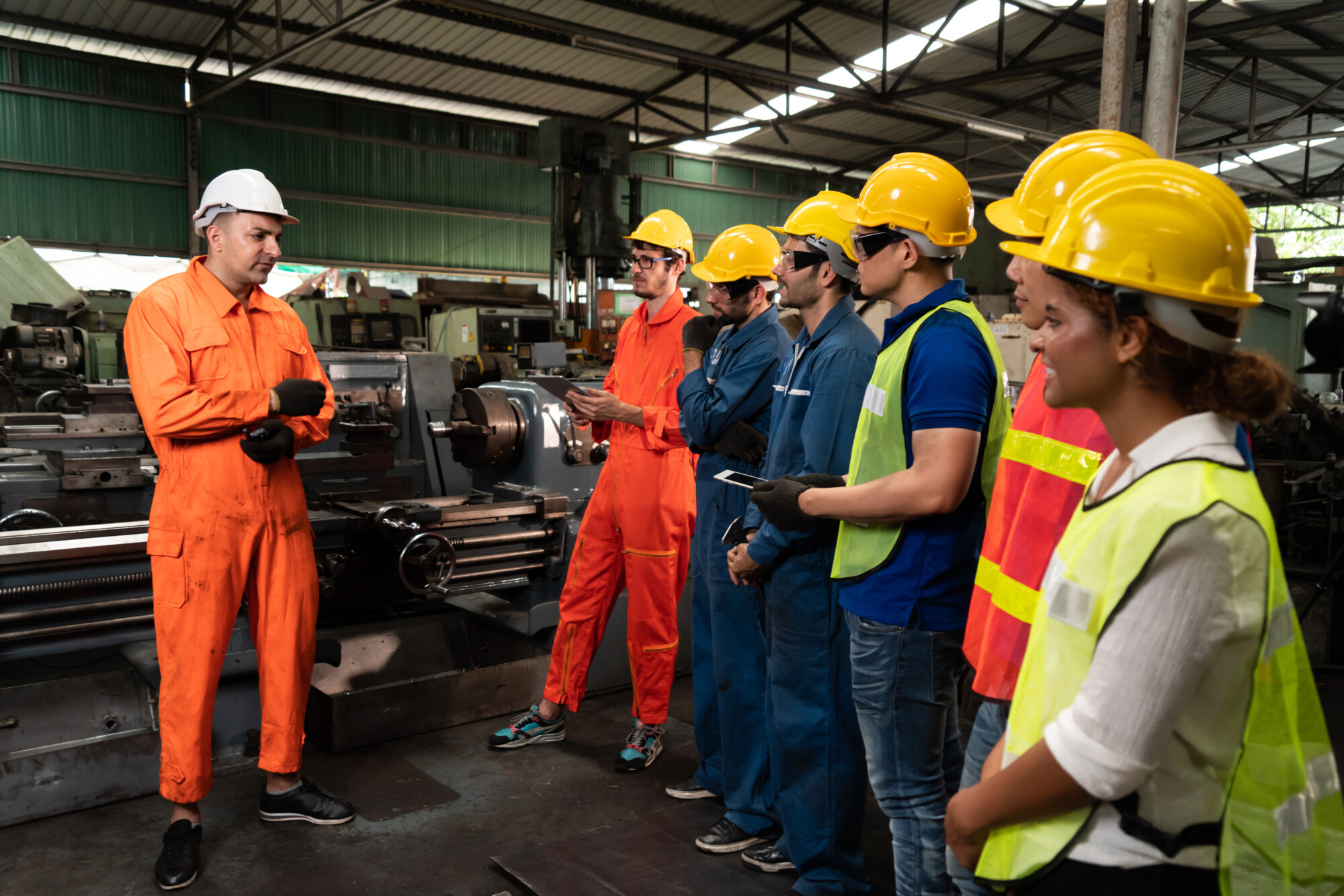What is Refresher Training and Why is it Necessary?
Reinforcing Safety Knowledge to Build a Safer Workplace
Get in touch.
Send us a message and we’ll get
back to you within 48 hours.
Alternatively, email
hello@shiifttraining.com
Reinforcing Safety Knowledge to Build a Safer Workplace
Safety training doesn’t end once an employee’s finished their initial course. Over time, knowledge fades, habits slip, and procedures can change. That’s where refresher courses become essential. By revisiting key safety practices on a regular basis, organisations make sure workers stay confident, competent, and compliant with industry standards.
Refresher training is focused on reinforcing what’s already been learned, preventing complacency, and cutting the risk of avoidable incidents.
Refresher training is structured learning designed to revisit and strengthen previously learned material. In safety contexts, it ensures workers remain competent and compliant, especially where regulations and workplace hazards evolve over time.
What is another word for refresher training?
Other terms often used include retraining, skills reinforcement, continuing education, or competency updates. While the language may differ, the purpose is always the same: keeping knowledge active and reliable.
What Does Refresher Training Do?
Refresher training updates and reinforces the knowledge employees already have, ensuring that safety processes and skills remain sharp. By giving employees the opportunity to brush-up their knowledge on a topic, it helps to prevent complacency and reminds staff of critical procedures, or sometimes even adapts their existing skills to new risks or updated standards.
What’s the difference between regular training and refresher training?
The training should be short, targeted, and practical.
Effective approaches include:
Most crucially, always understand the importance of longer annual or bi-annual courses where all relevant employees are required to complete the training with formal assessments and performance tracking.

For organised refresher training courses, it’s important to schedule training at a set frequency based on compliance requirements or when learning from past accidents.
eLearning is a digital method of delivering training content through online platforms, often accessible from any device. When integrated into a Learning Management System (LMS), eLearning becomes a structured and trackable solution for refresher training.
Employers can set clear requirements, such as mandating employees to complete specific safety modules annually or every six months. Progress and completion rates can be monitored automatically, ensuring accountability. This approach is especially effective for reinforcing general safety knowledge, policies, and compliance standards while also reducing administrative workload.
Video-based training remains one of the most accessible and effective ways to deliver refresher content. Companies can organize group safety sessions where employees watch a short safety video together, followed by a guided discussion to reinforce key lessons. This group format not only refreshes knowledge but also encourages employees to share their own experiences and insights, making the session more interactive. The discussion element ensures that employees are not just passively consuming information but actively thinking about how it applies to their work environment and daily responsibilities.
An alternative to traditional delivery is the use of simulations, whether through VR using true hands-on practical learning, or via mouse-and-keyboard controlled PC-based simulation training.
Simulations are particularly valuable for refresher training in high-risk or process-driven tasks because they go beyond passive learning. Instead of simply recalling information, employees must actively perform the correct actions in a realistic environment.
For example, rather than answering quiz questions about a procedure, workers must physically follow the process step by step, with mistakes clearly highlighted. This immersive, hands-on approach ensures that recurrent training tests actual competency rather than just theoretical understanding.
The frequency needed for refresher training depends on:
A best practice is to plan based on both requirement frequency (e.g., every 12 months) and reactive needs (after new risks, equipment changes, or recorded safety issues).
So we’ve answered “What is refresher training?” and explored all the reasons it exists and the benefits it serves, but why is it training actually necessary for workplace safety?
Let’s start by imagining a classic scenario that typically happens without regular training, following the story of ‘Bob’.
“Bob had been working at a manufacturing facility for over a year and hadn’t received a refresher on critical safety procedures. During routine maintenance on a piece of heavy equipment, he skipped an essential lockout step. As he was performing his task, he reached his hand into a crevice of the machine to physically examine a section of it and begin maintenance.
As he reached his hand in the crevice, the machine started again, vibrating and moving parts in the crevice completely crushed Bob’s hand resulting in a severe hand injury. His coworkers were shocked, operations were immediately halted, and a full investigation was launched. This incident could have been prevented if some form of retraining had reinforced the proper safety steps.”
Video of Bob’s experience
From this example we can clearly see the situation that has massive consequences that could be avoided with regular retraining. Here are all the points of why refresher training is necessary.
So the reason why refresher training is necessary, is we don’t want situations like Bob had in the hypothetical scenario above.
Refresher training’s a critical part of maintaining workplace safety and compliance. It reinforces existing knowledge, keeps employees up to date with changes, and prevents skill decay that can cause costly mistakes or accidents.
Whether it’s done through eLearning, video sessions, or simulations, the goal’s the same: to strengthen safe work habits and keep teams prepared for risks. By scheduling the training based on incident history, regulatory requirements, and workplace needs, organisations can build a culture of continuous safety awareness. Regular reinforcement makes sure safety’s never taken for granted.
Deliver next generation training. Get in touch.
Email us at hello@shiifttraining.com or send
us a message and we’ll be in touch within 48hrs.